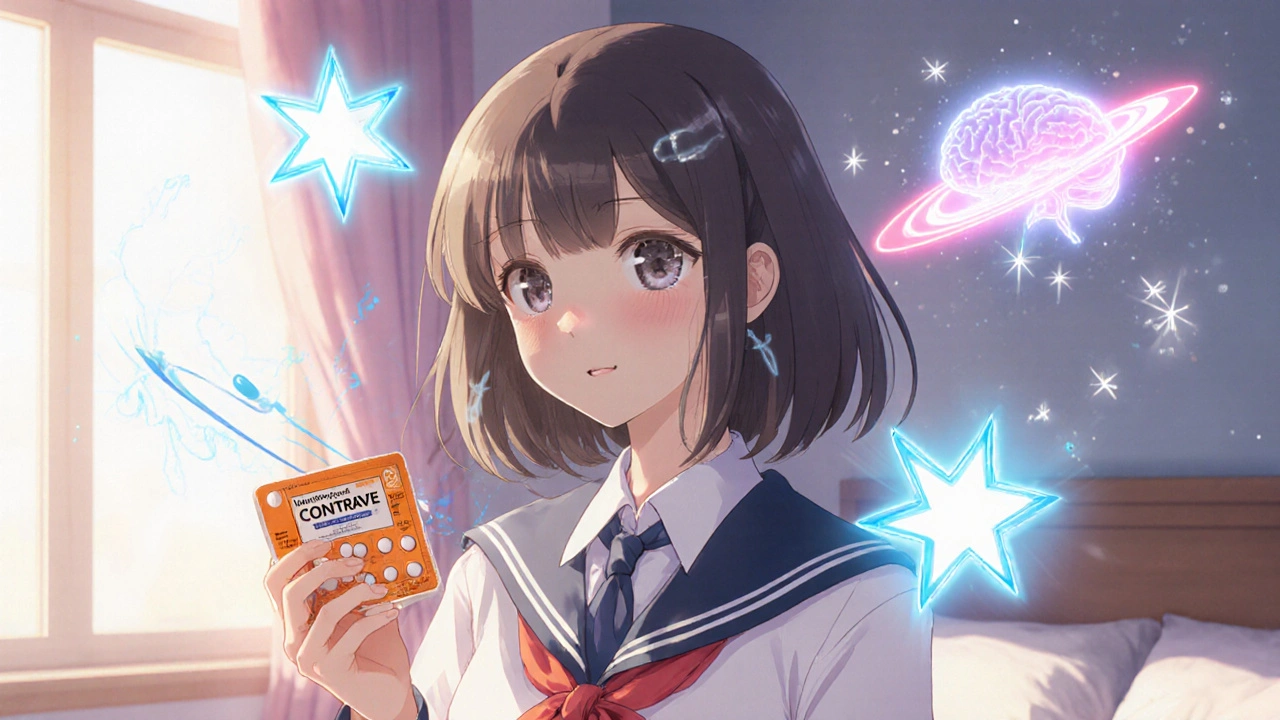A practical guide comparing Contrave (naltrexone‑bupropion) with top weight‑loss alternatives, covering mechanisms, efficacy, side effects, cost and how to choose the right option.
Naltrexone is a medication often prescribed to help people struggling with opioid addiction or alcohol dependence. It works differently from other treatments because instead of making you high or sedated, it blocks the effects of opioids and reduces alcohol cravings. This makes it easier to stay clean and avoid relapse. If you’re considering naltrexone, knowing how it works can be a big help in managing your expectations.
When you take opioids, they attach to certain receptors in your brain, causing feelings of euphoria and pain relief. Naltrexone is an opioid antagonist, which means it blocks these receptors so opioids can’t exert their effects. So if someone relapses and uses opioids after taking naltrexone, the usual high just won’t happen. This can reduce the desire to use again.
But naltrexone isn’t just for opioids. It’s also FDA-approved to treat alcohol dependence. It helps lower cravings and the rewarding feelings you get from drinking. Many people find it easier to avoid heavy drinking when naltrexone is part of their treatment plan. It's often combined with counseling or support groups for better results.
The medication comes in two forms: a pill you take daily and an injection given once a month. The injection can be especially useful if sticking to daily pills has been a struggle. Your doctor will help decide which option fits your lifestyle and treatment goals.
Like all medicines, naltrexone can cause side effects. Some users report nausea, headaches, or tiredness—usually mild and temporary. More serious concerns, like liver problems, are rare but worth monitoring. Regular check-ups can catch side effects early and ensure you’re okay using the drug.
Before starting naltrexone, it’s crucial to be opioid-free for 7 to 10 days. Taking it too soon after opioid use can trigger withdrawal symptoms, which are uncomfortable and potentially dangerous. Your healthcare provider will guide you through this process to keep you safe.
If you’re thinking about using naltrexone, it helps to be informed about how to get it safely. Some online pharmacies offer it, but you should only buy medications from verified and licensed sellers to avoid fake drugs or unsafe products. Always check credentials and reviews before ordering.
In summary, naltrexone offers a promising tool for fighting addiction by blocking opioid effects and cutting down alcohol cravings. It’s not a magic cure but a helpful part of a bigger plan that includes counseling and support. If you want to learn more or consider naltrexone, talk to your healthcare professional to see if it’s the right step for you.

A practical guide comparing Contrave (naltrexone‑bupropion) with top weight‑loss alternatives, covering mechanisms, efficacy, side effects, cost and how to choose the right option.

Antabuse has been a go-to medication for alcohol use disorder, but there are other alternatives in 2024 that offer different mechanisms and benefits. From Naltrexone, which helps curb cravings, to natural options like Kudzu Root Extract, individuals seeking to manage their alcohol consumption have several options. Each alternative comes with its own set of advantages and potential side effects. Understanding these can aid in personalized treatment plans for better outcomes.